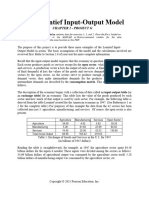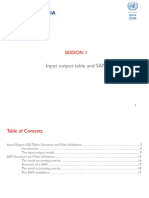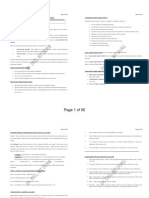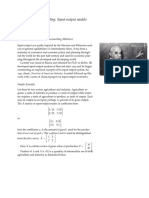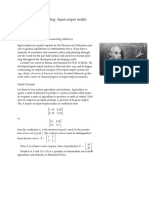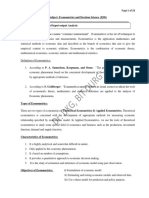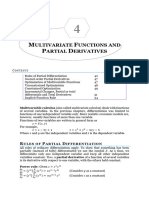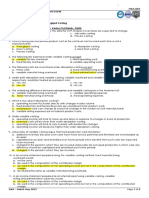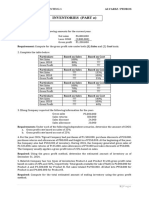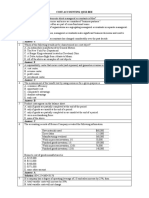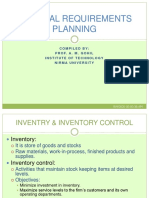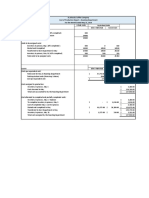0% found this document useful (0 votes)
54 views3 pagesInput Output
University Mathematics is 100% positioned to meet the demands of undergraduate, postgraduate and professional exams. The book is capable and remarkable, giving students a good grounding in real-world mathematical applications.
Inside you will find:
• Simplified explanations step by step.
• Solved examples of varying difficulties.
• Plenty of workouts, fill-in-the-blanks and multiple-choice questions.
Every student and every classroom will vastly benefit from University Mathematics.
Uploaded by
Olaniyi EvansCopyright
© © All Rights Reserved
We take content rights seriously. If you suspect this is your content, claim it here.
Available Formats
Download as PDF, TXT or read online on Scribd
0% found this document useful (0 votes)
54 views3 pagesInput Output
University Mathematics is 100% positioned to meet the demands of undergraduate, postgraduate and professional exams. The book is capable and remarkable, giving students a good grounding in real-world mathematical applications.
Inside you will find:
• Simplified explanations step by step.
• Solved examples of varying difficulties.
• Plenty of workouts, fill-in-the-blanks and multiple-choice questions.
Every student and every classroom will vastly benefit from University Mathematics.
Uploaded by
Olaniyi EvansCopyright
© © All Rights Reserved
We take content rights seriously. If you suspect this is your content, claim it here.
Available Formats
Download as PDF, TXT or read online on Scribd
/ 3









